Technology-Enhanced Approaches for Teaching English to Law Students: Innovations and Best Practices
Resumen
This research paper summarizes an investigation into technology-enhanced English language teaching for law students in Medellín, Colombia. It briefly outlines the study's objectives, methodologies, and key findings, focusing on the improved English language proficiency, legal communication skills, and increased student engagement and autonomy due to technology-enhanced learning. Background: The study addresses the importance of English language proficiency for law students in a global legal context and the challenges in teaching English to this group. It reviews relevant literature on technology in language learning, particularly in legal education, establishing the theoretical basis for the research. Materials and Methods: The paper describes a mixed-methods approach involving 40 law students in Medellín. It explains the use of questionnaires for quantitative data and interviews and observations for qualitative data, alongside the methods of data analysis and ethical considerations of the research. Results: Findings from questionnaires indicate positive student perceptions of technology in learning and improvements in language proficiency. Qualitative data from interviews and observations highlight enhanced legal communication skills and increased engagement and autonomy in learning due to technology use. Conclusions: The conclusion synthesizes the study's findings, underscoring the positive impact of technology in legal English education. It discusses the implications for educators and suggests integrating technology into the curriculum. The paper concludes with recommendations for future research, particularly in exploring effective technology-enhanced teaching strategies.
Descargas
Citas
Becker, K.B., & Nguyen, P.L. (2017). Technology-enhanced language learning for specialized domains: Practical applications and mobility.
Bocanegra-Valle, A., (2017). Technology-Enhanced Language Learning for Specialized Domains. Practical Applications and Mobility. Elena Martín-Monje, Izaskun Elorza and Blanca García Riaza (eds). London & New York: Routledge, 2016. 286 pages. ISBN: 978-1-138-12043-3 (hbk). Ibérica, Revista de la Asociación Europea de Lenguas para Fines Específicos, (33), 273-277.
Braun, V., & Clarke, V. (2019). Reflecting on reflexive thematic analysis. Qualitative Research in Sport, Exercise and Health, 11(4), 589-597.
Casanova, D., Moreira, A., Costa, N. (2011) Technology Enhanced Learning (TEL) in Higher Education: results from the design of a quality evaluation framework. In: ICEEPSY 2011: 2nd International Conference on Education & Educational Psychology; 19-22 Oct 2011, Istanbul, Turkey.
Chapelle, C., & Jamieson, J. (2013). RECOGNITION OF STUDENT INPUT IN COMPUTER-ASSISTED LANGUAGE LEARNING. CALICO Journal, 1(3), 7–10. https://doi.org/10.1558/cj.v1i3.7-10
Chapelle, C., & Sauro, S. (2017). The handbook of technology and second language teaching and learning. Wiley.
Creswell, J. W., & Plano Clark, V. L. (2018). Designing and Conducting Mixed Methods Research (3rd ed.). Thousand Oaks, CA: SAGE.
Creswell. J.W. and Creswell, J.D. (2017) Research Design: Qualitative, Quantitative, and Mixed Methods Approaches. 4th Edition, Sage, Newbury Park.
Farr, F., & Murray, L. (2016). The Routledge handbook of language learning and technology. Routledge.
Flowerdew, L. (2005). An integration of corpus-based and genre-based approaches to text analysis in EAP/ESP: countering criticisms against corpus-based methodologies. English for Specific Purposes, 24, 321-332.
Garrison, D. R., & Vaughan, N. D. (2008). Blended Learning in Higher Education: Framework, Principles, and Guidelines. San Francisco, CA: Jossey-Bass.
González-Lloret, Marta, Canals, Laia, & Pineda, Jorge Eduardo. (2021). Role of Technology in Language Teaching and Learning amid the crisis generated by the COVID-19 Pandemic. Íkala, Revista de Lenguaje y Cultura, 26(3), 477-482. Epub October 18, 2021. https://doi.org/10.17533/udea.ikala.v26n3a01
Graham, C.R. (2006) Blended Learning Systems: Definition, Current Trends, and Future Directions. In: Bonk, C.J. and Graham, C.R., Eds., Handbook of Blended Learning: Global Perspectives, Local Designs, Pfeiffer Publishing, San Francisco, 3-21.
Graziadei, M. (2020). Legal English Teaching and Learning: A South African Perspective. Acta Academica, 52(2), 107-130.
Haggstrom (Eds.), Changing language education through CALL (pp. 1-18). Lisse, The Netherlands: Swets & Zeitlinger
Hammersley, M. (2017). Childhood Studies: A sustainable paradigm? Childhood, 24(1), 113–127. https://doi.org/10.1177/0907568216631399
Hammersley, M. (2017). Legal English: Vocabulary, grammar, and writing skills for legal professionals. Routledge.
Hubbard, P. (2009). Computer-assisted language learning: Critical concepts in linguistics. Routledge.
Jones, M.L. (2007). Using software to analyse qualitative data. Sage Publications.
Kathrani, P., Mentzelopoulos, M. (2017). REVRLaw: Virtual Reality in Legal Education. Retrieved from: https://westminsterresearch.westminster.ac.uk/item/q3693/revrlaw-virtual-reality-in-legal-education
Kukulska-Hulme, A., & Shield, L. (2008). An Overview of Mobile Assisted Language Learning: From Content Delivery to Supported Collaboration and Interaction. ReCALL, 20, 271-289. https://doi.org/10.1017/S0958344008000335
Kwan, R., Fox, R., Tsang, P., & Chan, F. T. (Eds.). (2008). Enhancing learning through technology: Research on emerging technologies and pedagogies.
L. Cheng, Y. Watanabe, and A. Curtis (2004): Washback in Language Testing: Research Contexts and Methods. Lawrence Erlbaum and Associates. Applied Linguistics. 26.
Lee, J.-Y., & Baek, M. (2023). Effects of Gamification on Students’ English Language Proficiency: A Meta-Analysis on Research in South Korea. Sustainability, 15(14), 11325. https://doi.org/10.3390/su151411325.
Levy, M. (2006). Effective use of CALL technologies: Finding the right balance. In R. Donaldson & M.
Liuolienė, A., & Metiūnienė, R. (2012). Legal English and Adapted Legal Texts. Santalka, 20, 56-64.
Merriam, S. B. (2009). Qualitative research: A guide to design and implementation. Jossey-Bass.
Olaya, M. L. (2018). Developing Autonomy Through Student-Centered English Language Learning Process for Engineering Students. GIST – Education and Learning Research Journal, (17), 34–58. https://doi.org/10.26817/16925777.458.
Onwuegbuzie, A. J., & Collins, K. M. (2007). A typology of mixed methods sampling designs in social science research. The Qualitative Report, 12(2), 281-316.
Seidman, I. (2013). Interviewing as qualitative research: A guide for researchers in education and the social sciences. Teachers College Press.
So, S., & Kim, H. (2019). The potential of technology-enhanced language learning in a tertiary setting: Students' perspectives on online language exchanges. Journal of Computing in Higher Education, 31(2), 321-341.
Tao J., Gao X. (2022). Teaching and learning languages online: Challenges and responses. Jul;107:102819. doi: 10.1016/j.system.2022.102819.
Thornton, P. & Houser, C. (2005), Using mobile phones in English education in Japan. Journal of Computer Assisted Learning, 21, 217–228
Wang, F., & Li, Y. (2020). Integrating technology into teaching and learning: An evidence-based approach. Springer.
Wang, Y., & Vásquez, C. (2022). Technology integration in English language teaching: Innovative practices and research perspectives. Springer.
Warschauer, M., & Healey, D. (1998). Computers and Language Learning: An Overview. Language Teaching, 31, 51-71. http://dx.doi.org/10.1017/S0261444800012970
Yuan, C., Wang, L., & Eagle, J. (2019). Empowering English Language Learners through Digital Literacies: Research, Complexities, and Implications. Media and Communication, 7(2), 128-136. doi: https://doi.org/10.17645/mac.v7i2.1912
Zhang, Y., & Song, Y. (2019). Engaging and Effective Use of Technology in Legal English Education. Journal of English for Academic Purposes, 38, 1-13.
Zhao, W. (2016) Paradigm of Foreign Language Teaching and Learning: A Perspective of Self-Regulated Learning Environment Construction. Open Journal of Social Sciences, 4, 167-177. doi: 10.4236/jss.2016.45020.
Derechos de autor 2024 Juan Habib Bendeck Soto

Esta obra está bajo licencia internacional Creative Commons Reconocimiento 4.0.


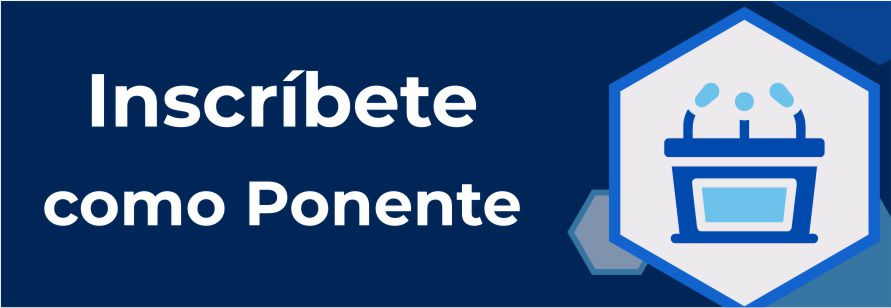
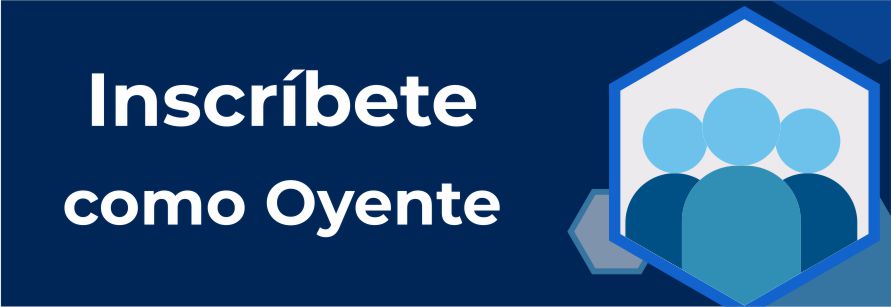





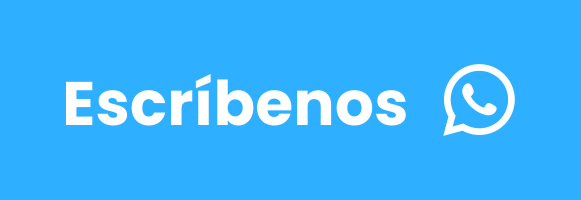



.png)
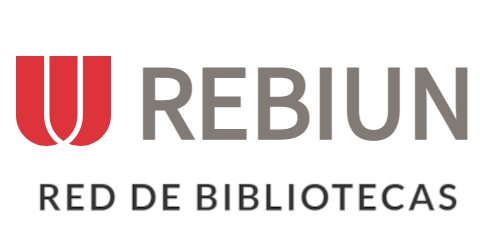









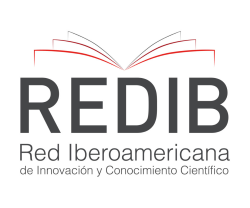


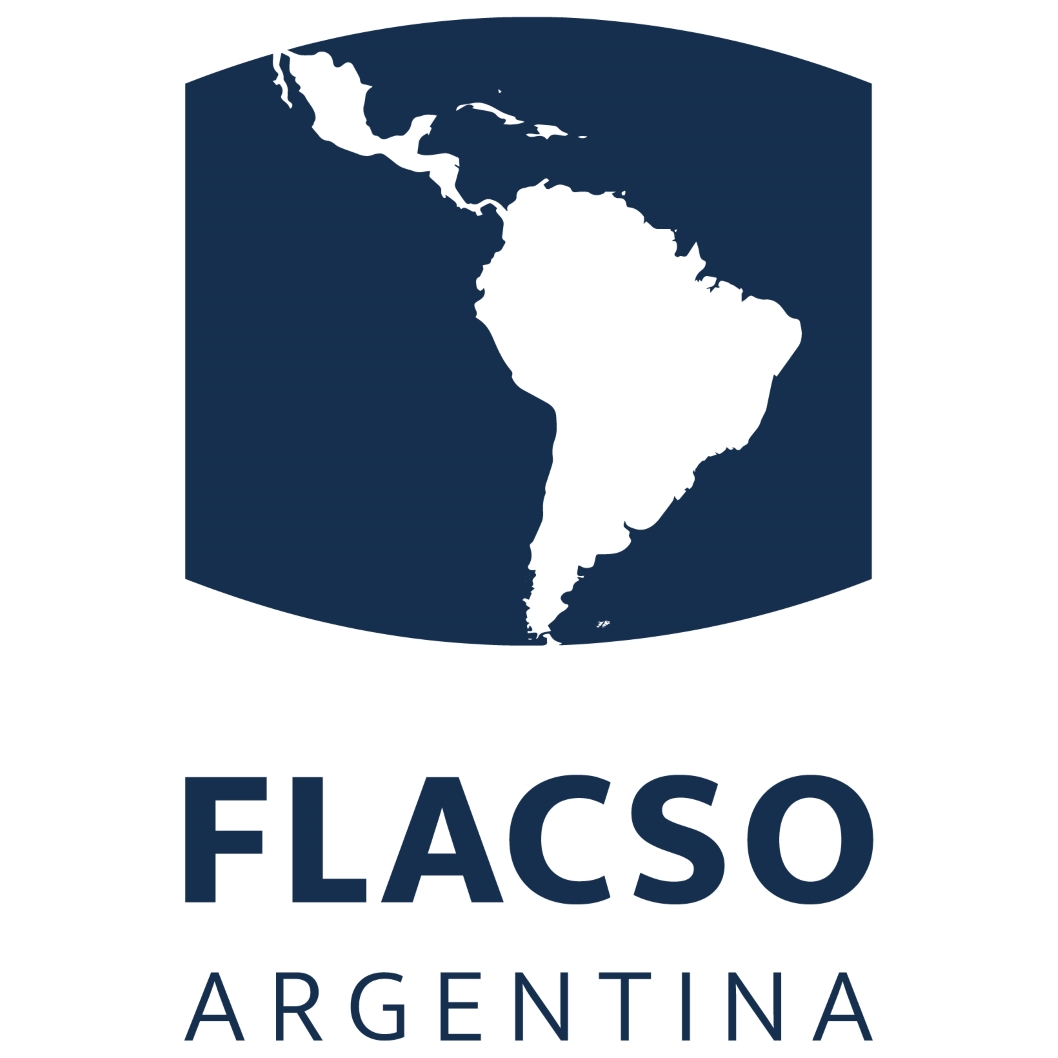

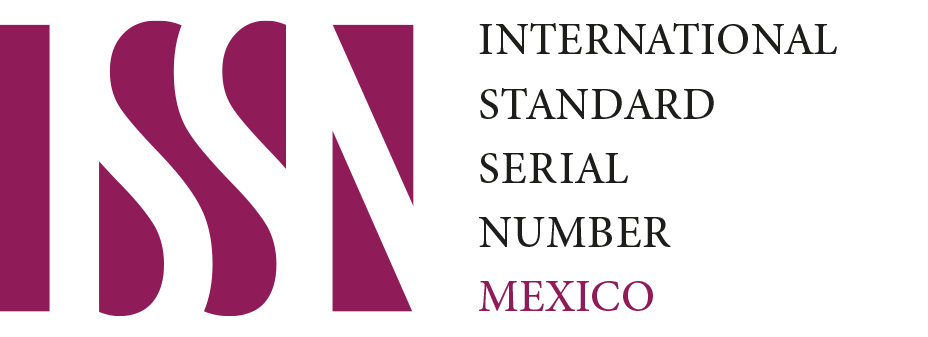




.png)
1.png)


